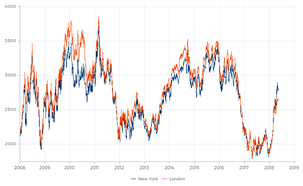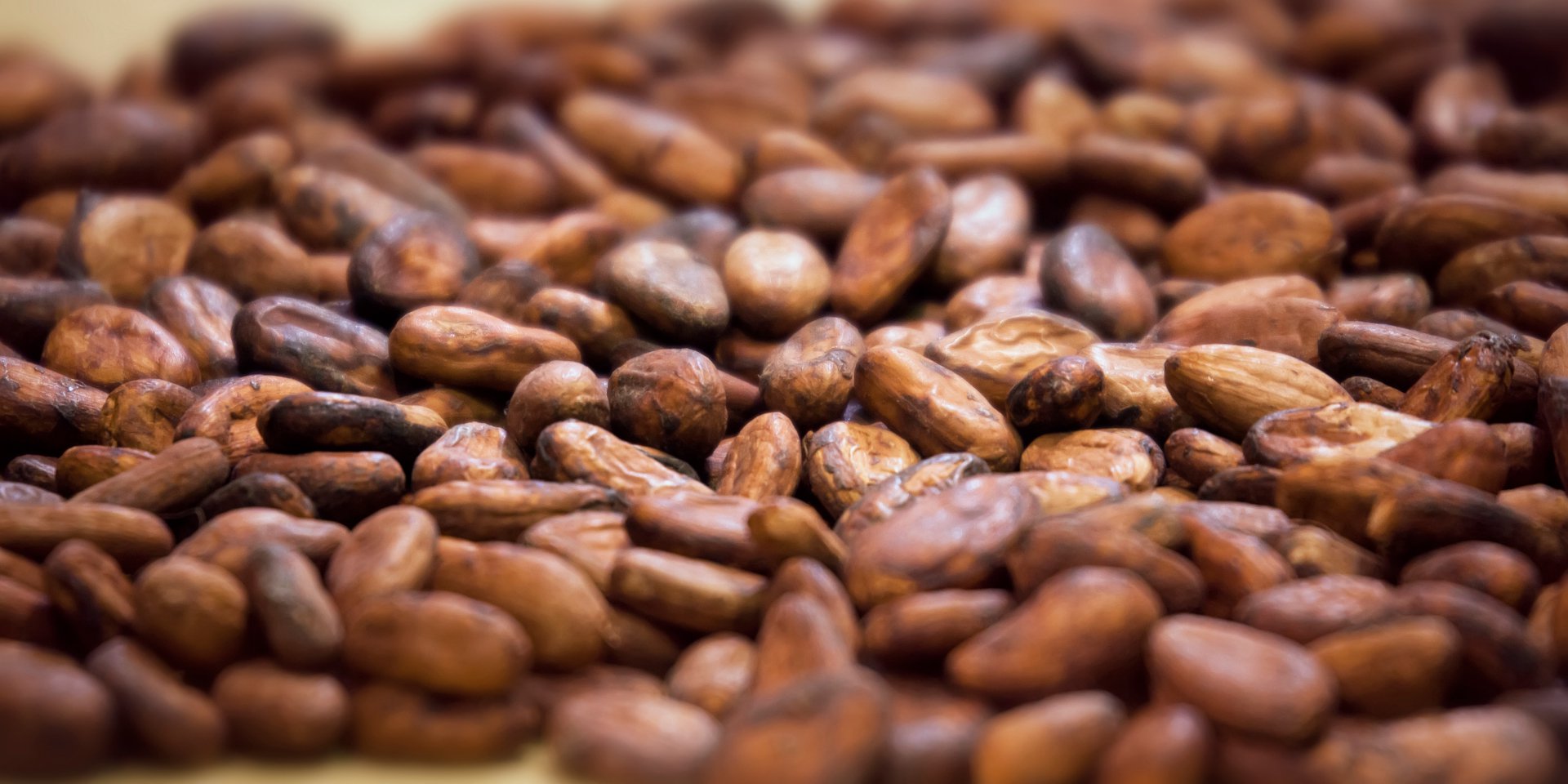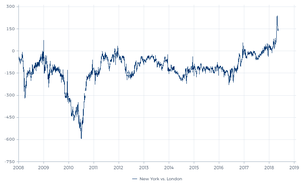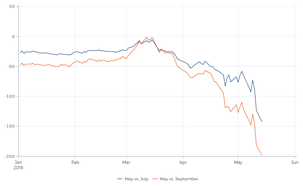What drives the cocoa market?
Recent developments in the cocoa market received some media attention discussing the impact of computerized trading. In this article we provide some color on the cocoa market and the role and responsibility of investors in this market.







